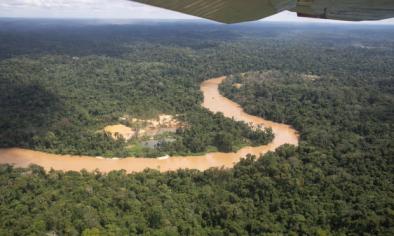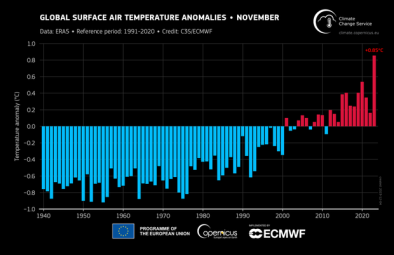Across the U.S., states are bracing for more climate-related disasters

Signals Summary: Climate change is impacting a variety of extreme weather and climate events, including hurricanes, wildfires, flooding, drought, extreme precipitation, and sea level rise.
Article Excerpt: State lawmakers across the country are calling for huge investments to mitigate the effects of wildfires, flooding, hurricanes, droughts and other natural disasters made more devastating and frequent by climate change.
Following the hottest decade on record, which saw record-breaking wildfires in the West, extreme weather events like Superstorm Sandy, a years-long drought in California, and severe flooding in the Midwest, legislators in many states say it’s long past time to treat such events as the new normal — and invest accordingly.
“We’re going to see more and more of these impacts as the years go on,” said California state Sen. Ben Allen (D-Santa Monica). “We either invest in efforts on the ground right now or we pay a lot more down the line.”
The federal government is looking ahead as well. The Department of Housing and Urban Development is operating a $16-billion program to help coastal states prepare for natural disasters, a shift from the typical funding model of providing money after disasters have happened.
Even states whose leaders don’t publicly acknowledge the existence of climate change, such as Texas and South Carolina, have applied for federal dollars citing “changing coastal conditions” or “unpredictability,” the New York Times reported.
...
While climate change is shifting conditions in coastal areas, it’s also making the West drier, increasing the likelihood of more frequent and severe droughts. Last year, seven Western states signed, and Congress approved, an agreement to use less water from the Colorado River. Limits go into effect when the water falls below certain levels. Regional leaders say much more work remains to prepare for drier conditions under climate change.
...
In some coastal areas, there is a debate over whether to remove development from low-lying areas or to invest in costly sea walls. New York City is considering several plans to address flooding, including a $119-billion offshore sea wall that could protect the coast from storm surges but not high tides or storm runoff.
Even that ambitious project, some critics say, does not adequately account for current projections of sea level rise. Federal and state money from both New York and New Jersey likely would be required to pay for the project.
Boston, however, recently scrapped its plans for a sea wall. Instead, Mayor Marty Walsh, a Democrat, envisions using local, state and federal money plus private investment to convert many of the city’s flood-vulnerable areas into parks and green space.
Related Content






